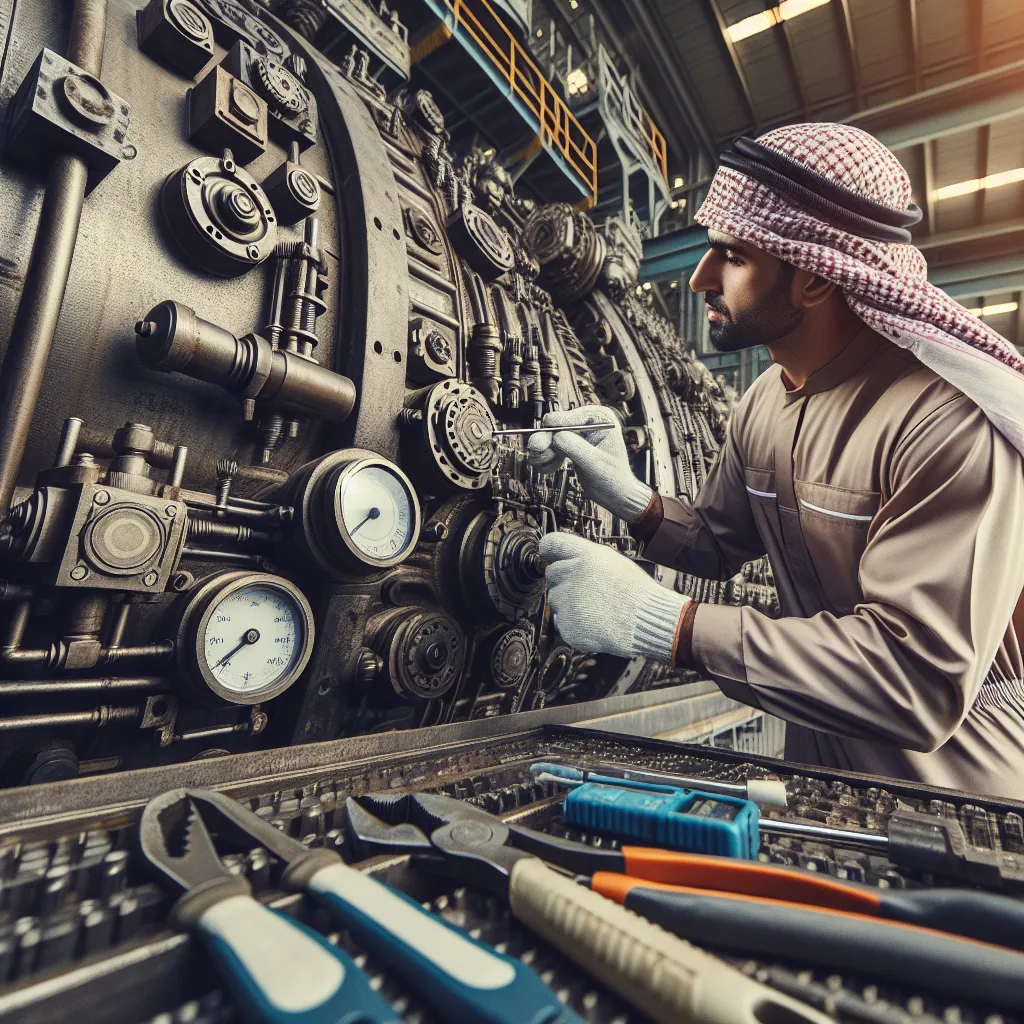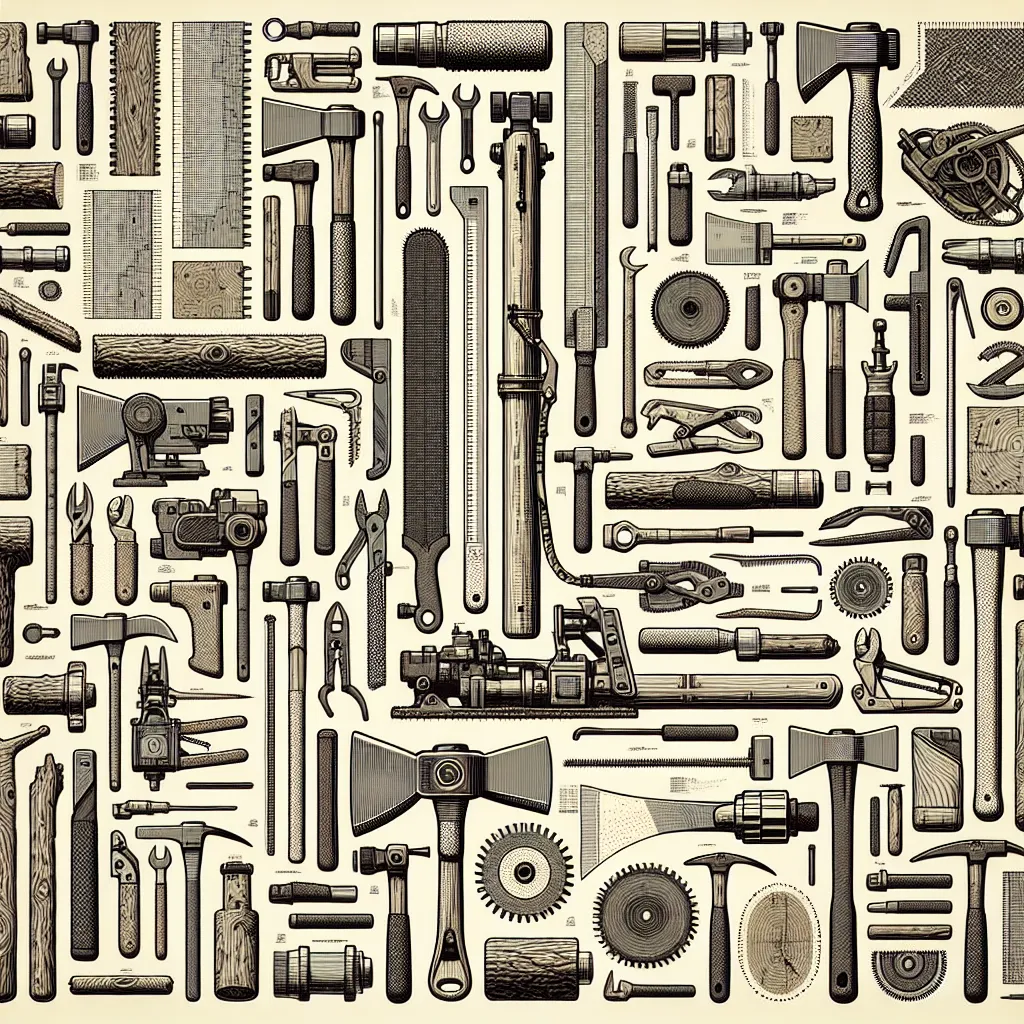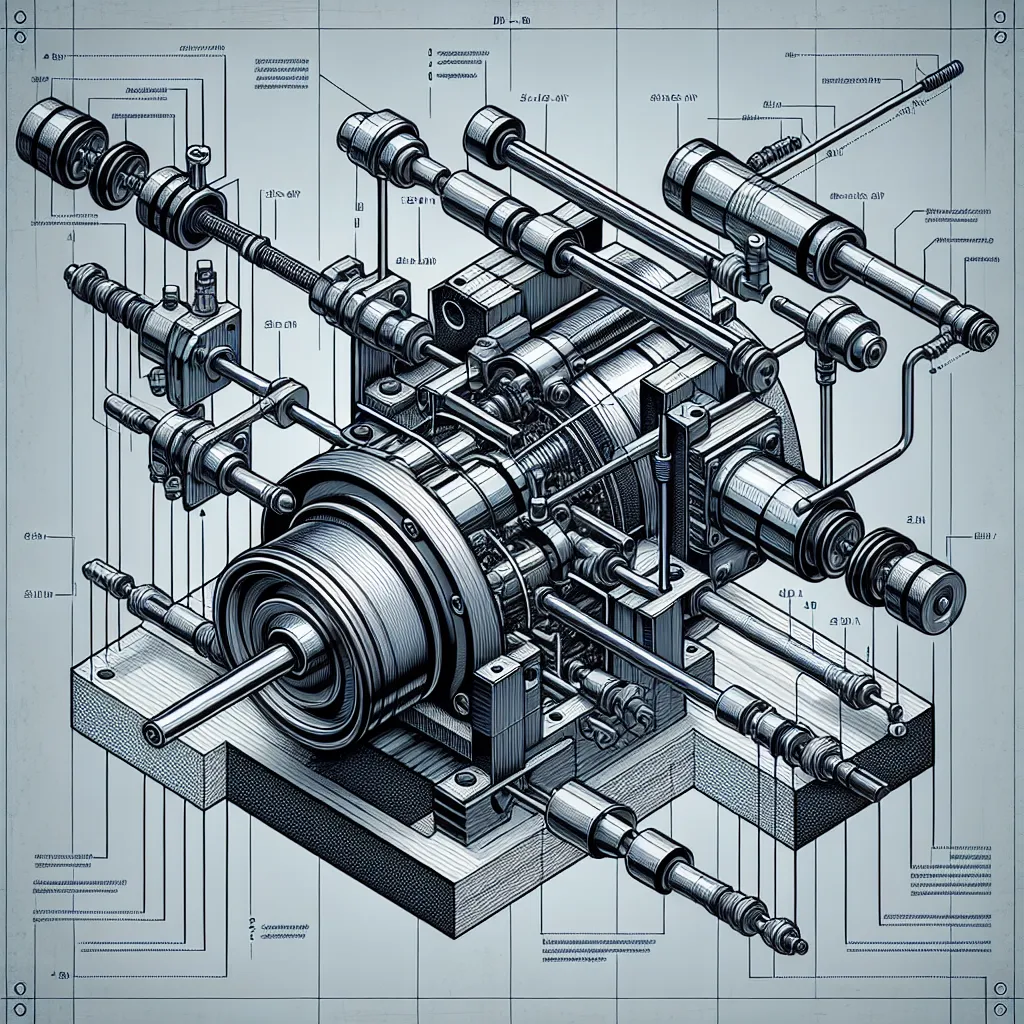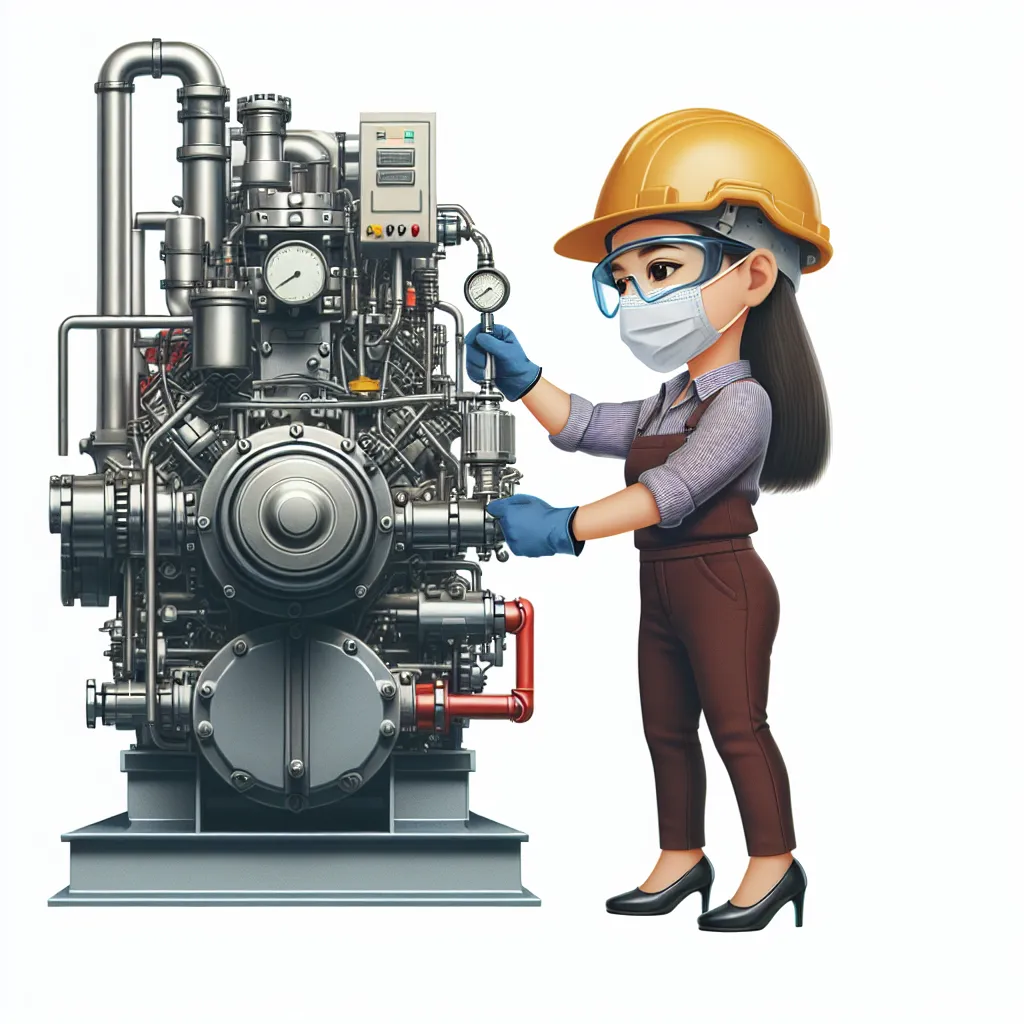How to Create a Flawless Smokey Eye Look
The article provides a step-by-step guide for achieving the perfect smokey eye look, making it accessible to anyone with the right technique and products. It emphasizes the importance of eyelid preparation, transitioning shades, creating depth, and adding drama to achieve the classic smokey effect. Furthermore, it highlights the significance of properly blending all the shades and accentuating the eyes with eyeliner and mascara. The article also stresses the need for essential tools and products, such as eye primer and a face highlighter, to ensure the flawless execution of the smokey eye. By following this comprehensive guide and utilizing the recommended tools and products, readers can confidently master this timeless and sultry look for any occasion.
























